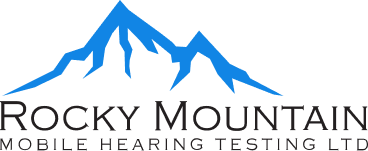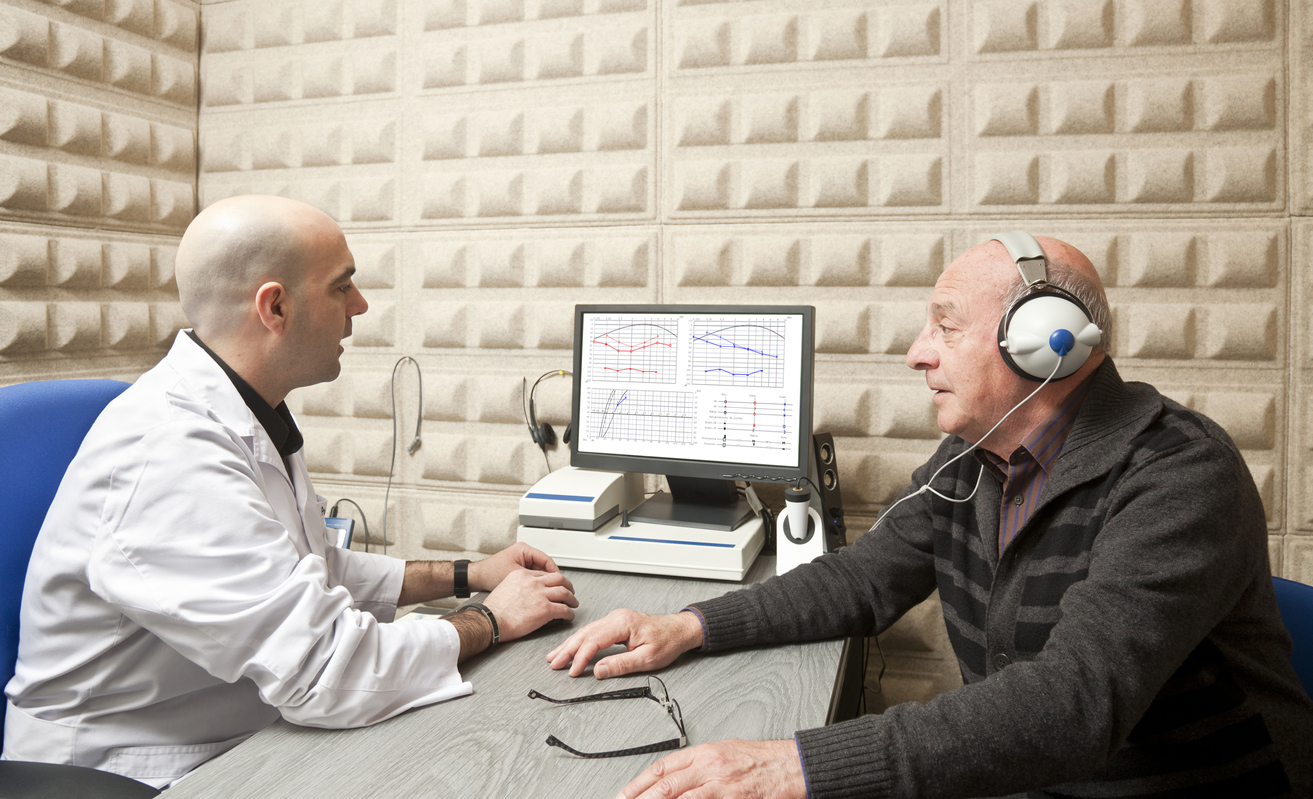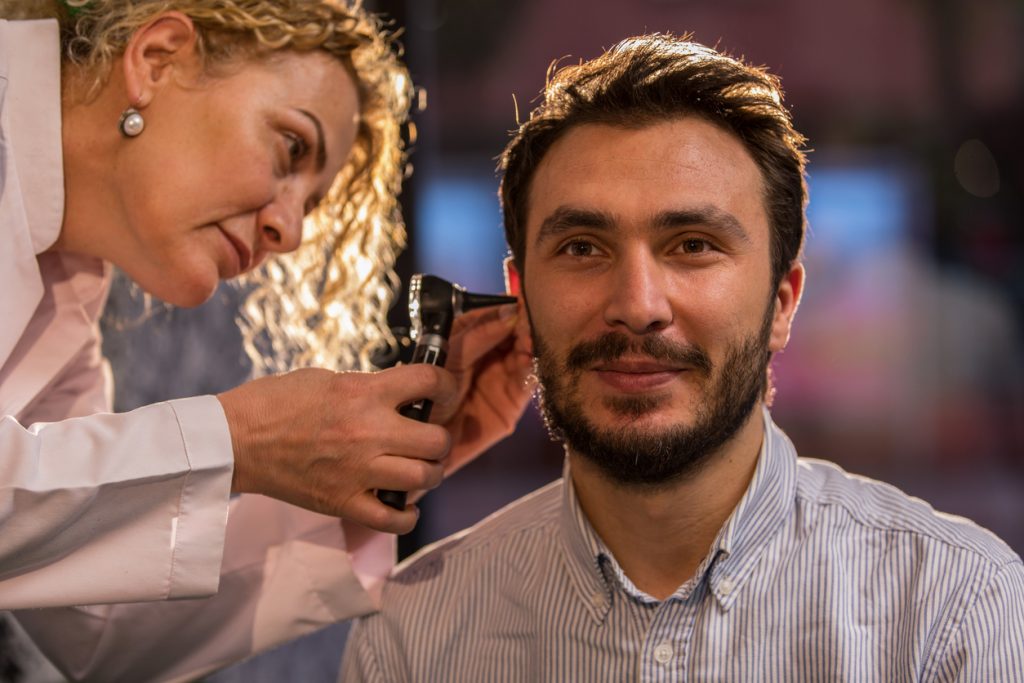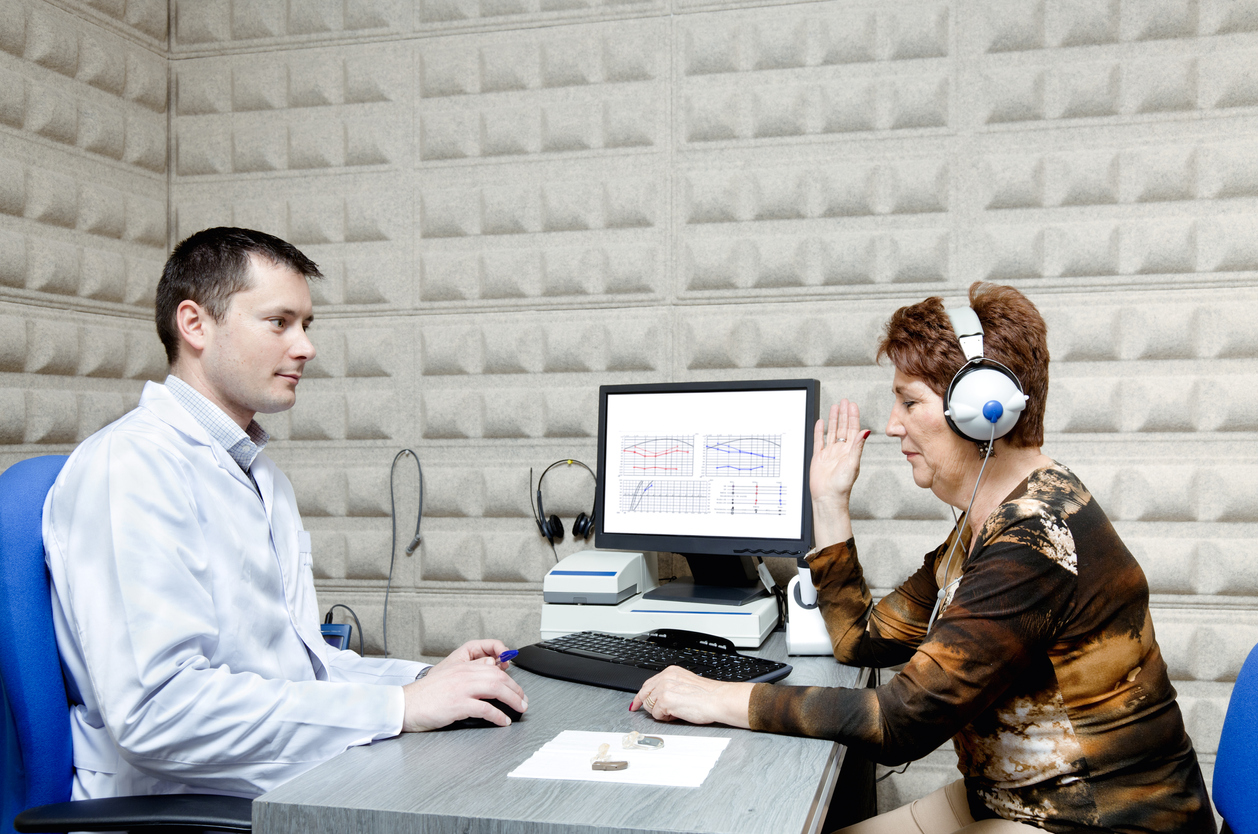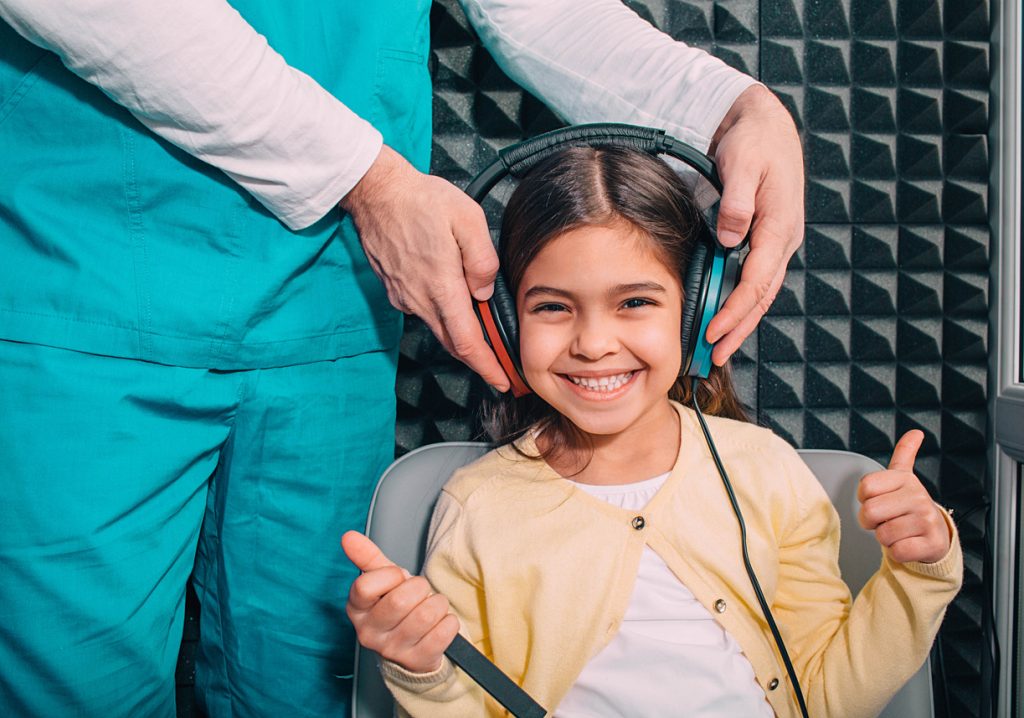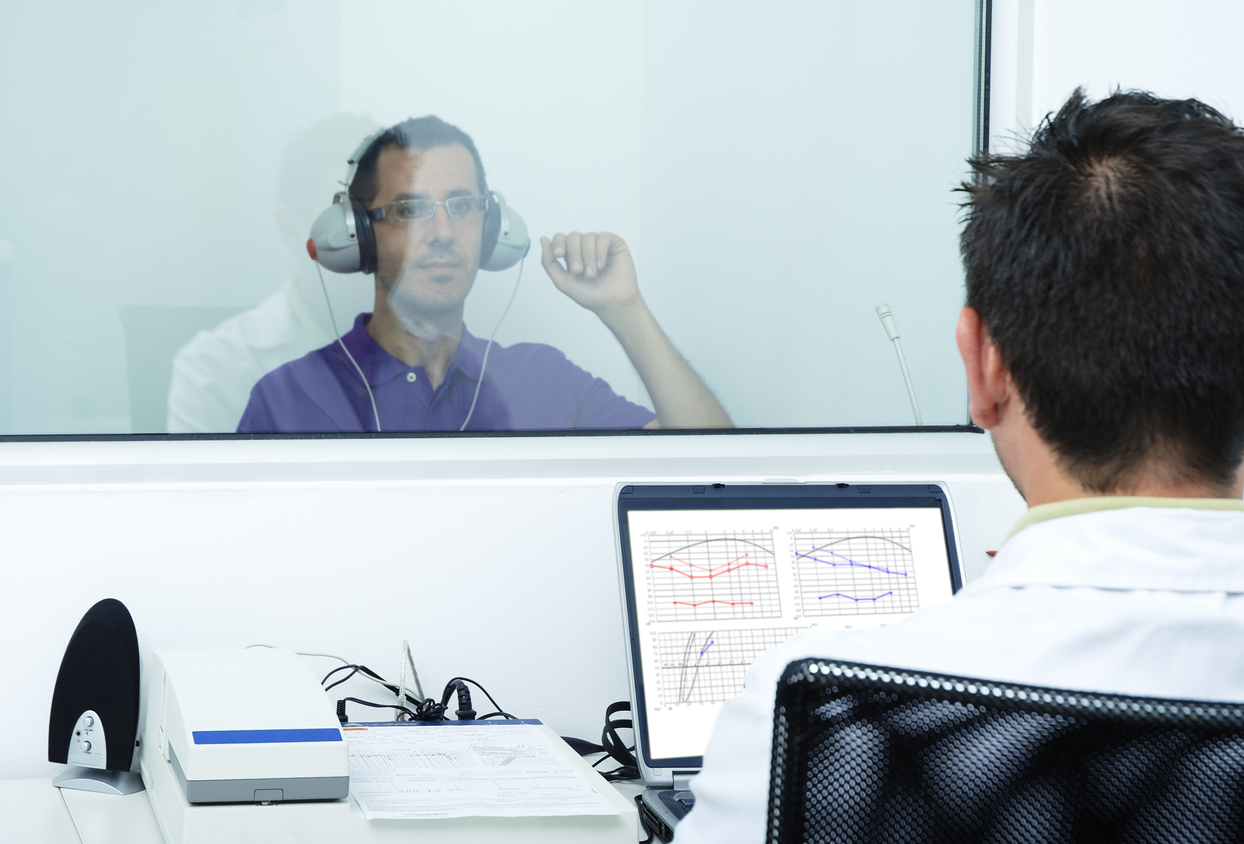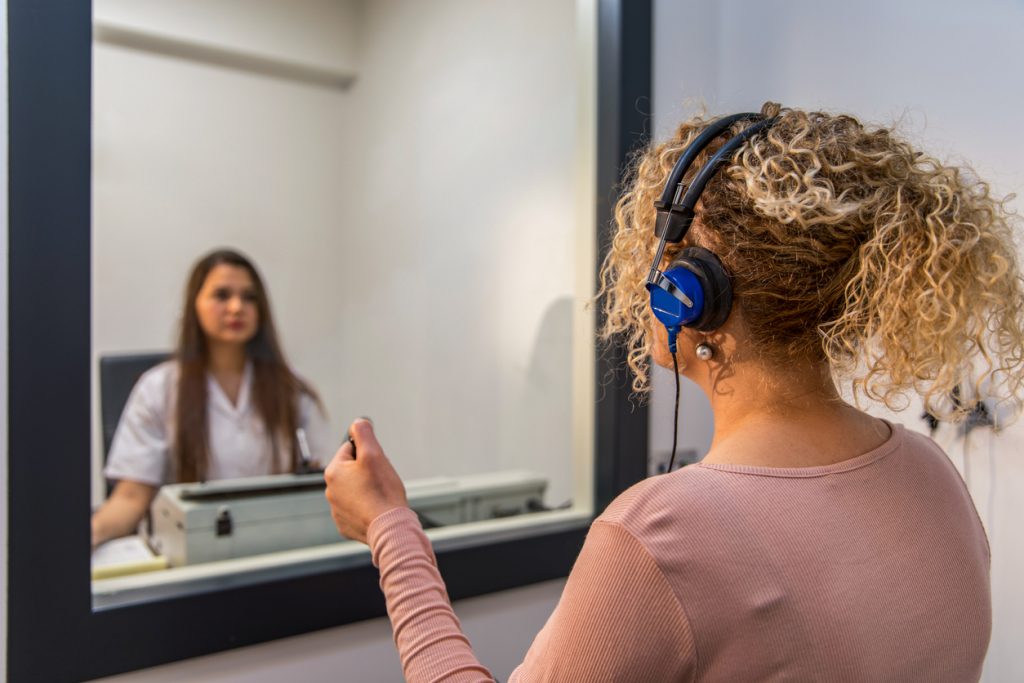What’s the difference between an audiogram and audiometry? When you go in for testing, in cooperation with your employer or along with your employees, you might have questions about the process and what to expect. This post will shed some light on the modes and methods available, and the one used exclusively by audiometric testers like Rocky Mountain Mobile Hearing Testing.
Audiometry Test Vs. Audiogram
More broadly, an audiogram is part of the process of audiometry. An audiogram results from an screening test employing wide ranges of frequency (Hz) and volume (dB). Audiometry testing for industrial, agricultural, construction services, and more can assess such workers’ ability to detect a wide range of sounds.
There are quite a few methods to test hearing, and many serve infant patients who require unique testing methods. Examples of such niche testing methods include evoked otoacoustic emissions (EOAE), auditory brainstem response (ABR), auditory steady state response (ASSR), visual reinforcement audiometry (VRA), and more. But for industrial hearing tests, only one type of testing is appropriate.
The pure tone testing method is the gold standard in audiometric testing for older children and adults, so it’s perfect for industrial hearing testing. Pure tone testing produces a detailed audiogram to help your audiometric technician understand the results and whether they fall within normal or abnormal ranges. Comprehensive testing equipment can help your hearing test technician with any grey areas.
Mobile Industrial Hearing Testing in Southern Alberta
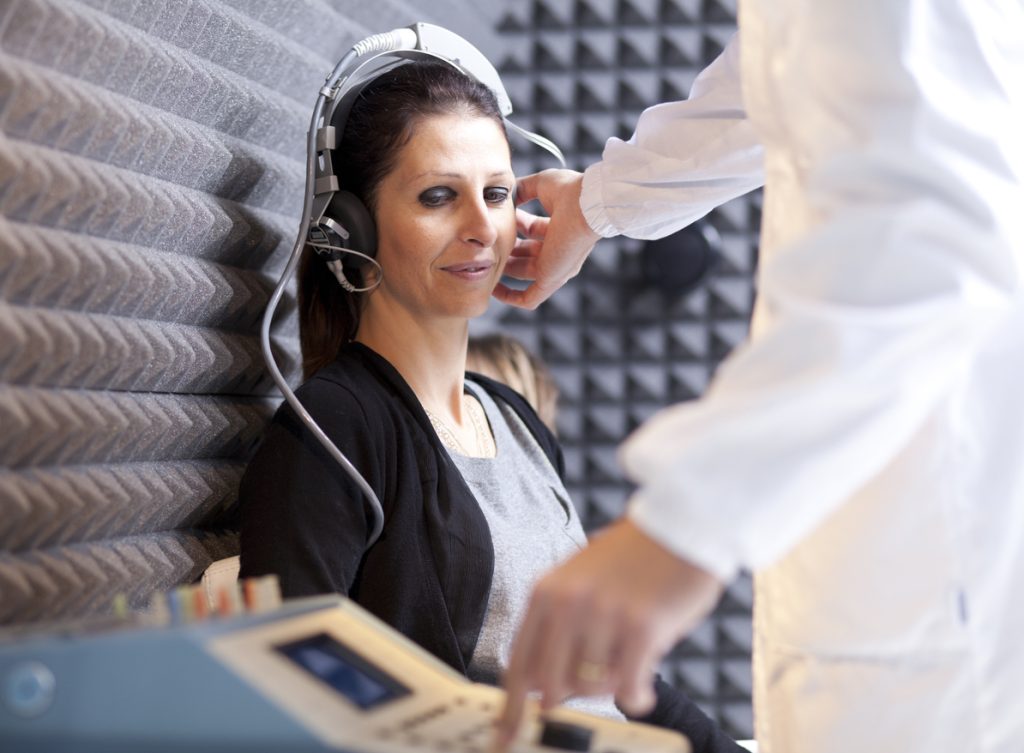
In industrial centers like Calgary or rural industries in the surrounding areas of southern Alberta or BC, mobile hearing tests can make these strict testing deadlines go a lot more smoothly. Included is an audiogram with interpretation from experienced hearing audiometric technicians who know what to look for.
So, how can you use the data from an audiometric assessment to determine if there are issues with your hearing or not? You’re free to ask the technicians performing the hearing tests, as they can provide helpful and relevant information that you can use to determine your next course of action.
Having hearing testing done on-site offloads the tremendous logistical requirements of moving employees around on company time and keeps a record of just how good your employees’ hearing is—all in a timely manner. That way, everyone is covered.
Rocky Mountain Mobile Hearing Testing is your locally owned and operated Calgary business. We are committed to providing mobile hearing testing services and other safety tests to numerous industries and companies in Western Canada. Our services are part of the WorkSafeBC Provider Network, while the CSA approved our sound booths. We offer audiometry testing, mask fit testing, custom earplugs, noise measurements, help with implementing a hearing conservation program, and spirometry testing. If you want to improve your workplace, leave it in the hands of our team. Contact us today at (403) 399-4775.
